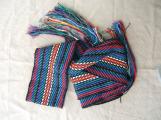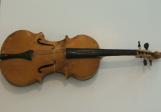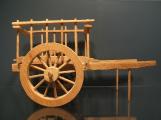2
The term Metis has many derivatives, one of which is from the Latin miscere, meaning "to mix" and was originally used to describe children of Indian mothers and European fathers. If one agrees that contact with European men of the fur trade and Indian women resulted in mixed blood people, then it only seems logical that the Metis roots began in the eastern provinces after the arrival of the French and the English and even much earlier with the Vikings.4
The struggle of the Metis to have an identity was recognized in 1982 after much negotiation with the Liberal Government. Under the leadership of Prime Minister Pierre Elliott Trudeau, Harry W. Daniels the President of the Native Council of Canada which was a federation of Metis and Non Status Indians from the Yukon to Newfoundland negotiated to have the Metis included in the Constitution Act.6
The Metis in Dryden and surrounding area certainly can link their roots with the fur trade, mining, the building of the railroad and other natural resource based industries that brought the Europeans to the area. The Metis have been an established culture in the area since the arrival of explorers and traders, communities such as Wabigoon have a large percentage of 7th generation Metis families residing there.7
Written by:Leah Gardner
President, Wesawkete Zone 1
Ontario Metis Aboriginal Association


